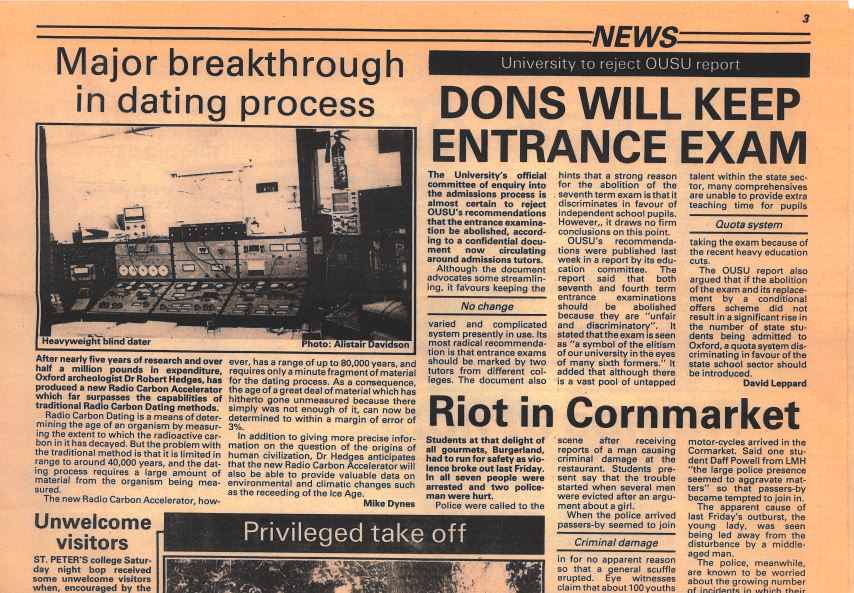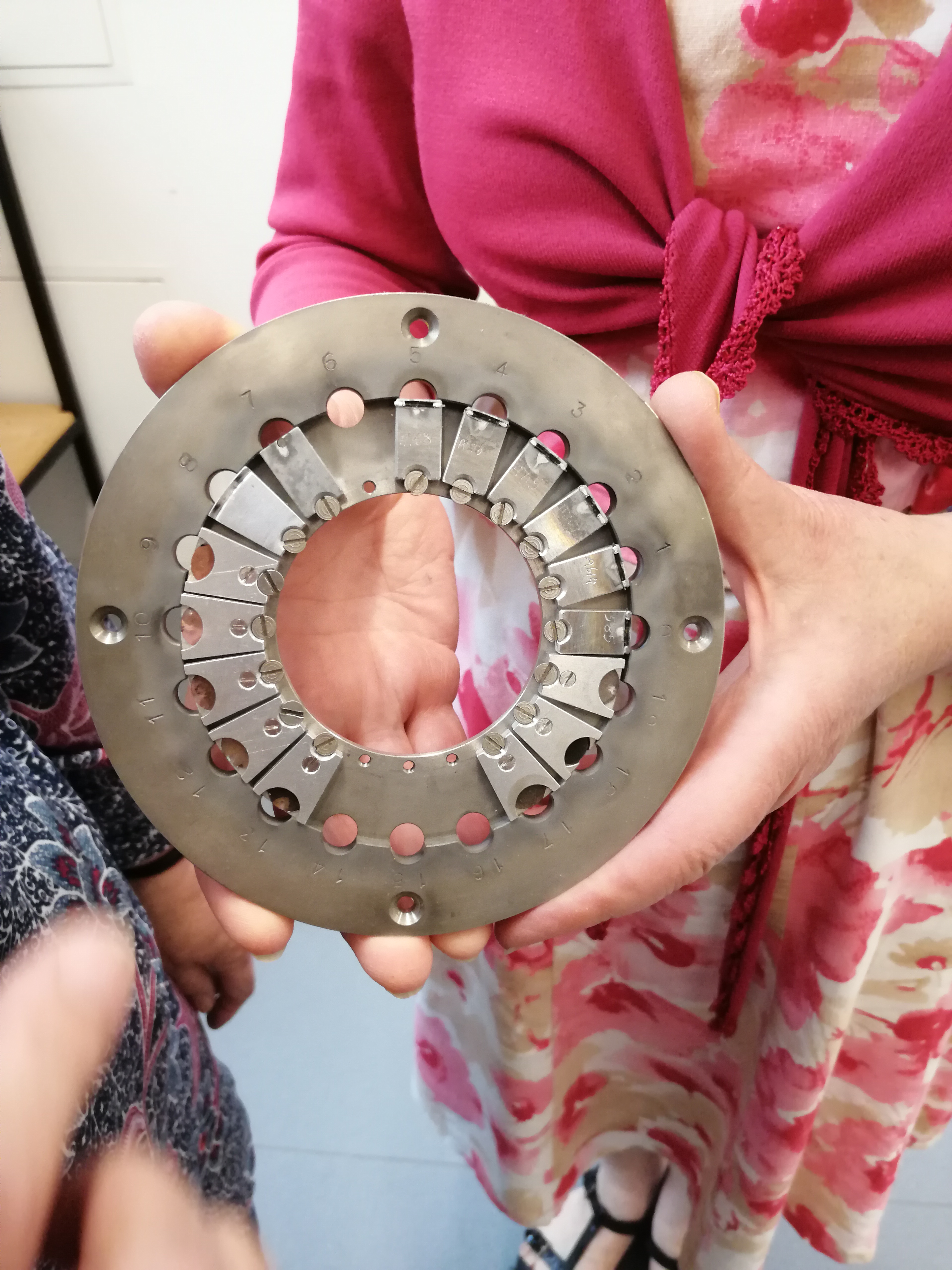Seventh Trowel of Christmas
Seventh Trowel of Christmas
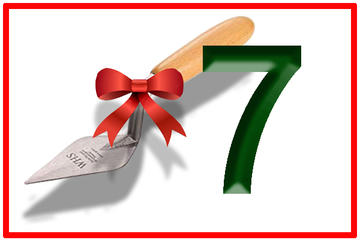
The Seventh Trowel of Christmas invites you into the Oxford Radiocarbon Accelerator Unit (ORAU) laboratory, led by Director Professor Thomas Higham. The ORAU is a radiocarbon laboratory engaged in collaborative research across many disciplines where the measurement of the radiocarbon isotope is useful including: archaeology and art history, biological and genetic research, earth science and environmental science.
The laboratory provides a radiocarbon dating service for people undertaking research in all these areas. This dating service operates on a commercial basis and in conjunction with NERC/ARHC which funds the NRCF programme for British archaeologists. This dating service provides support for all stages of radiocarbon dating from project design and sample choice right through to data analysis. You can follow the ORAU team on their Twitter account here.
A very dedicated and passionate group of archaeological scientists, chemists, technical and support staff make up the ORAU team pictued here in the laboratory earlier this month.
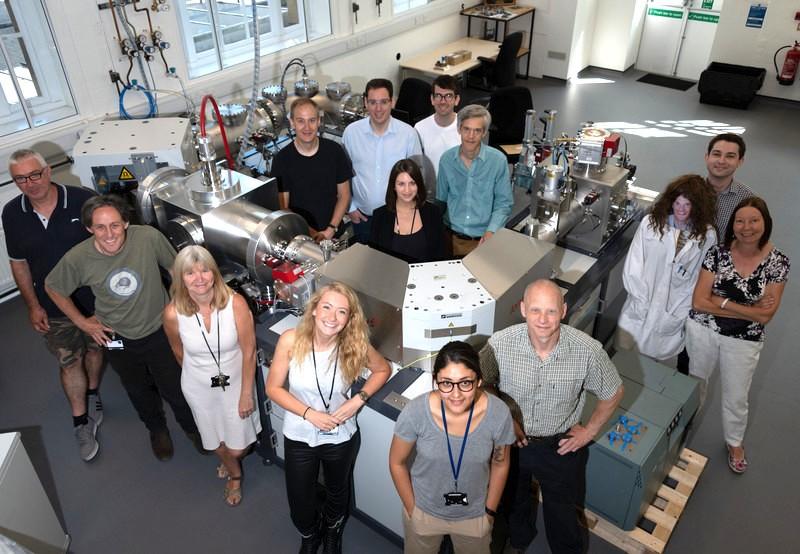
Also starring in this photo with the team is the newly installed accelerator mass spectrometer (AMS) for radiocarbon dating. The instrument is a MICADAS, which stands for "Mini Carbon Dating System". Made by IonPlus in Switzerland, this is the world’s most compact high-precision system. The accelerator replaces our older HVEE machine which we have had since 2001. The MICADAS is a much smaller and energy efficient machine, measuring just 2.5 x 3.0 metres, compared with the larger 15 x 7 metres of the old accelerator. The MICADAS uses permanent magnets and an accelerator without any moving parts. The voltage required in the measurement process is greatly reduced from 3.0 MV (3000000 volts) in the older instrument to just 200kV (200000 volts) in the MICADAS, allowing the use of a standard solid state power supply. The instrument can measure to a much higher precision in a shorter time and can operate on archaeological and environmental carbon samples in the form of either graphite or CO2. The CO2 option will be particularly important for smaller samples and for novel applications. Given the MICADAS's higher throughput and greater capabilities, the radiocarbon laboratory is keen to expand the range of users and applications.
We asked Professor Tom Higham what his plans are for the ORAU laboratory and the MICADAS nex year:
"For next year I think that we are striving to further develop compound-specific dating, analysing key molecules from different dateable materials and also working on dating small samples of CO2 directly. We are currently working with teams from Europe on 10 ERC grants, and several NERC and AHRC grants, so we rely greatly on cutting-edge instruments like the MICADAS to deliver reliable and accurate radiocarbon measurements for them."
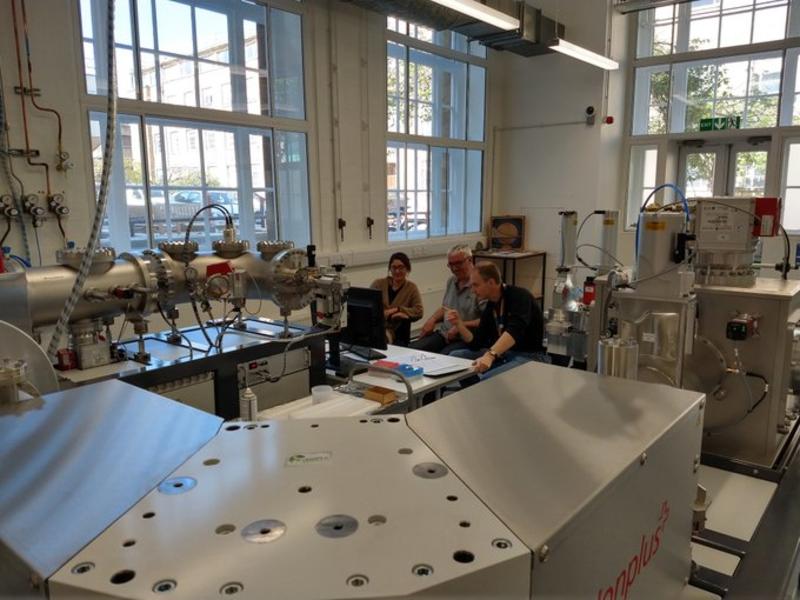
Members of the team anxiously await the results of the first wheel processed by MICADAS

The delicate task of cleaning the MICADAS
It's a different scene in the picture included in this newspaper article discussing the laboratory's earlier Radiocarbon accelerator, developed by Dr (now Emeritus Professor) Robert Hedges. Jumping forward in time again to the launch event this summer for the new MICADAS, pictured below is one of the AMS wheels from the 1980s accelerator. The wheel holds the graphite targets inside the ion source on the accelerator. Here it was being presented to the laboratory by Professor Elspeth Garman, (Prof of Molecular Biophysics and who worked on part of the original accelerator in the early 1980s).
